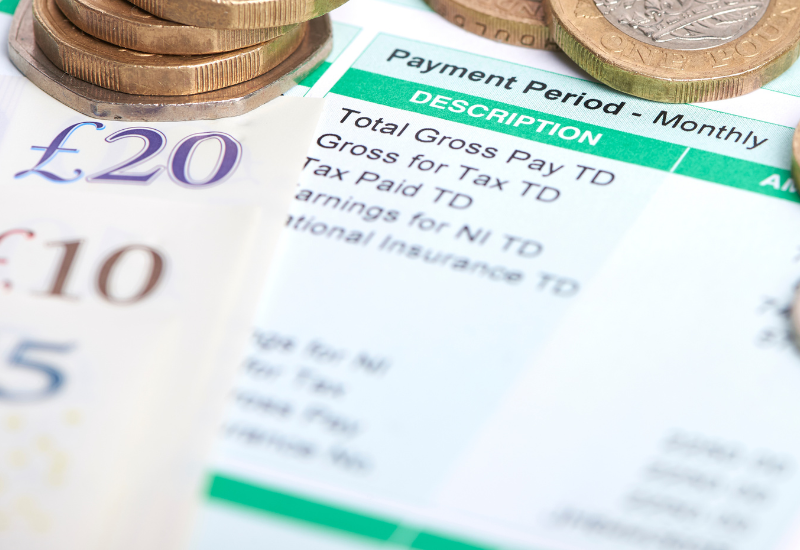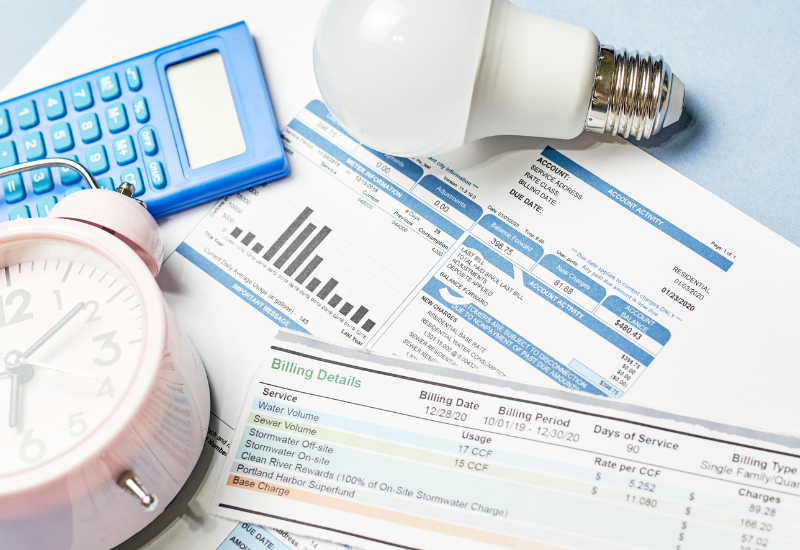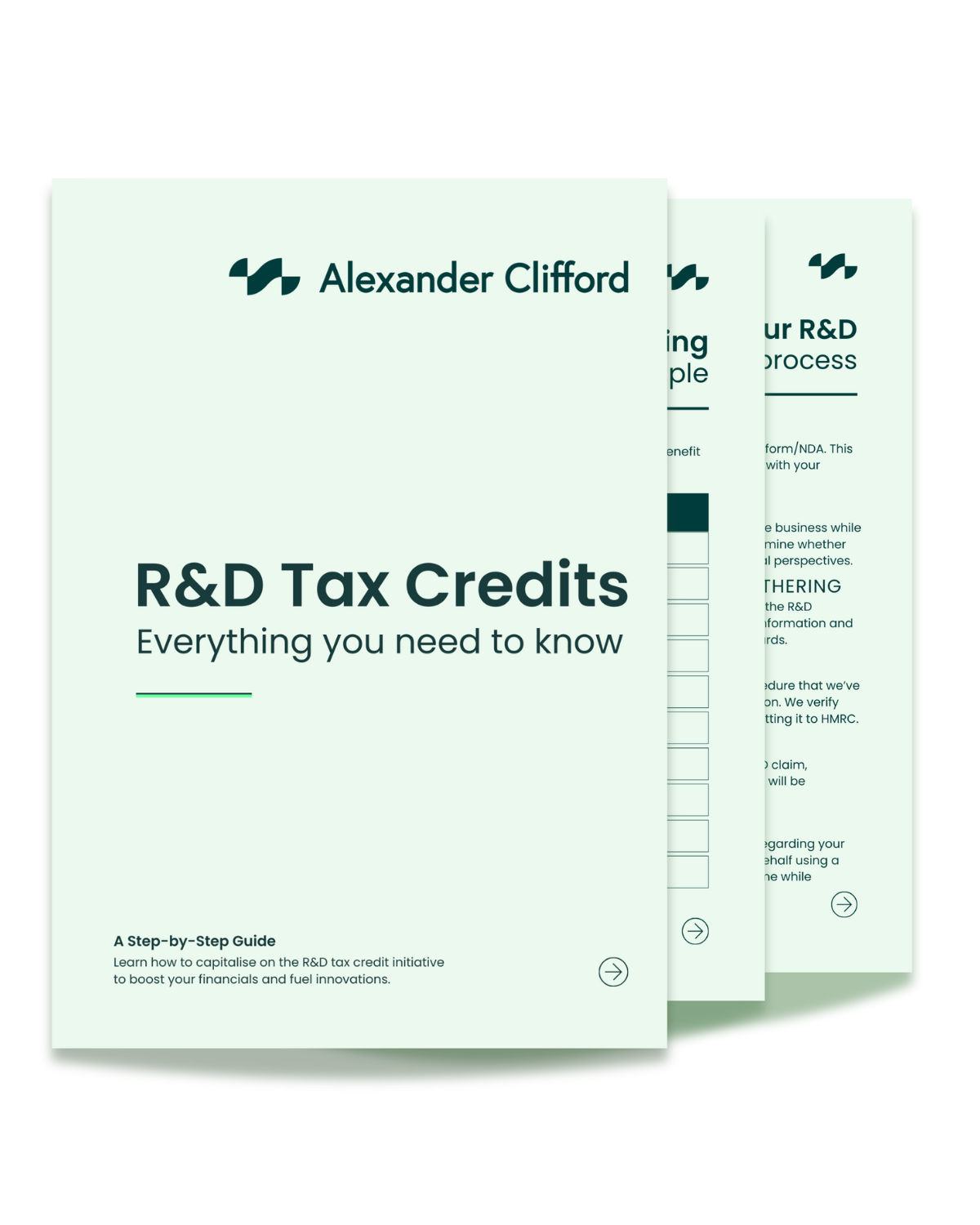Empowering small businesses with SME R&D Tax Credit
Are you a small or medium-sized enterprise (SME) looking to innovate and drive your business forward? SME R&D Tax Credits allow your small business to retrieve up to £33 back for every £100 you’ve spent over the last two financial years on qualifying research and development activities. It’s time to unlock this financial reward for your research and development endeavours with HMRC's SME R&D Tax Credit.
Your ideas, our commitment: We are dedicated to empowering your ideas and optimising your R&D claims to their fullest potential.

Catching a glimpse of the R&D SME scheme
The UK's Government supports small and medium-sized companies within the UK with R&D tax credits to foster innovation and stimulate economic progress. These credits empower these companies, irrespective of profitability, by offsetting the costs incurred by R&D activities that drive efficiency and sustainability across different sectors.
Qualifying criteria for SMEs
Size of the company
You have a headcount
of less than 500 staff
Analysing profitability
Your company’s turnover is
under €100 million
Balance sheet or gross assets
Or your company has a balance sheet
total of under €86 million
You need to be a limited liability company engaged in R&D activities, incurring expenses associated with these endeavours within the UK, and also fulfilling obligations of corporation tax.
The factors preventing small businesses from accessing the
R&D SME scheme
In certain cases, your company may meet the SME's category criteria but not qualify for the R&D SME scheme. In such instances, you should consider the Research and Development Expenditure Credit (RDEC) scheme, originally designed for larger companies.
Factors
Subcontracted SMEs
When SMEs are hired by larger companies to carry out R&D on their behalf
Owned by larger companies
- Partner enterprises : When the shares of SMEs are owned by larger companies, ranging from 25% to 50%
- Linked enterprises : When the shares of SMEs are owned by larger companies, with ownership of 50% and more
Grant recipient
It is in some cases where SMEs are receiving Notified State Aid
How does the R&D SME scheme work?
The R&D SME scheme offers pivotal funding to help small and medium-sized companies with their R&D projects. You could get R&D tax credits in various forms, such as reducing your corporation tax, getting cash back, or a combination of both, provided you meet the qualifying criteria. To qualify for the SME scheme, you must be engaged in:
- The development of new or improved products, processes, services or even the advancement of existing ones in your industry
- Overcoming technical challenges or uncertainties to achieve scientific advancements
- Systematic investigation or experimentation throughout the process, trying something that isn’t guaranteed to work
Analysing for R&D SME scheme
Permitted purpose
You are aiming to enhance the performance, reliability, quality and functionality of a product or software
Technological uncertainty
You are unaware of the project's outcome, and there is a possibility that unforeseen results might occur during the development of a product or software
The process of experimentation
You are engaged in the process of undertaking a trial-and-error phase with the intention of overcoming technological uncertainties
Technological in nature
Your work falls within the domains of engineering, physical sciences, biological sciences, or computer science
What are R&D qualifying costs?
What are the rates for
the SME scheme?
The financial status of your SME will determine the rates of R&D tax credits, whether it's making a profit or facing a loss. Generally, an SME can get up to 27% benefit from this relief. SMEs trading at a profit or loss can calculate their entitlement based on the R&D enhancement. The R&D enhancement is calculated at 86% of the qualifying expenditures which is then added back onto the qualifying expenditures to give you the enhanced expenditure (186%).
For companies claiming for periods starting before April 1st, 2023, the current rate of 130% of qualifying expenses will apply. For companies claiming R&D relief for periods starting on or after April 1st, 2023, their entitlement will be calculated at 86% of the qualifying expenses.
How to calculate R&D tax credits for SMEs?
Loss-making SMEs
For companies trading at a loss and claiming before April 2023, we are able to retrieve your R&D entitlement up to 33.35% in the form of a cash benefit. So for every £100 spent on qualifying R&D expenditure, we can claim back up to £33.35. This is done by applying the enhancement rate of 130% to all qualifying expenditure. We can then surrender the revised loss figure at the surrender rate of 14.5% to give us your payable tax credits.
For example: If your company has spent £500,000 on qualifying R&D expenses, we can look to claim back up to £108,750.
Note: Any claims made after April 2023, the respective rates will decrease from 33.4% to 18.6%.
Example of a loss-making SME
| Description | Amount |
|---|---|
| Qualifying R&D expenditure | £500,000 |
| R&D enhancement at 130% | £650,000 |
| R&D enhanced expenditure totalling 230% | £1,150,000 |
| Loss for the financial year | -£100,000 |
| Loss after R&D relief | -£750,000 |
| Surrenderable loss | £750,000 |
| Entitlement Payable at 14.5% | £108,750 |
Profit-making SMEs
For companies trading at a profit and claiming before April 2023, the entitlement received received will be up to 24.7% in the form of a corporation tax reduction or refund for tax already paid to HMRC. This is calculated in a similar way to loss-making SMEs apart from the entitlement will be calculated on the revised profit figure for the year at the current corporation tax rate of 19%.
For example: If the company has a total qualifying R&D expenditure of £500,000, depending on the company's tax position, we are able to retrieve the entitlement of up to £123,500 in the form of a corporation tax reduction/rebate.
Note: Any claims made after April 2023, the respective rates will decrease from 24.7% to 21.5%.
Example of a profit-making SME
| Description | Amount |
|---|---|
| Qualifying R&D expenditure | £500,000 |
| R&D enhancement at 130% | £650,000 |
| R&D enhanced expenditure totalling 230% | £1,150,000 |
| Profit for the financial year | £750,000 |
| Profit after R&D relief | £100,000 |
| Corporation Tax reduction | £123,500 |
Claiming R&D tax credits for SMEs

The first and foremost step is to check your eligibility for R&D tax credits. It's worth analysing your qualifying activities and expenditures to be able to start your R&D claim from the beginning, rather than facing HMRC queries at later stages. You will also need to determine which R&D scheme to opt for, as it has a significant impact on the calculation of R&D expenditures and, ultimately, the outcome.

Identify the R&D projects conducted during the accounting period that meet the criteria for R&D tax relief. These projects must involve work to advance knowledge or capabilities in science or technology.

Identify and calculate the eligible R&D expenditure incurred during the accounting period. This includes costs related to staff costs including National Insurance Contributions (NIC) and pension contributions, subcontractors, materials & consumables, software including cloud computing and data costs, and certain indirect expenses.

Calculate the aggregate of eligible costs and qualifying expenditures accumulated by the projects included in your claim. SMEs can claim R&D tax credits of up to 186% of the qualifying R&D expenditure. The calculation will provide you with an estimate of your entitlement.

Include the R&D tax credit claim as part of your company's corporate tax return. You will need to provide detailed information about the qualifying R&D projects and their associated costs.

Prepare and submit supporting documentation, including technical reports, project summaries, and evidence of eligible R&D activities, to substantiate your R&D claim.

HM Revenue & Customs (HMRC) will review your R&D claim, and they may request additional information or clarification if necessary. It is highly recommended to ensure you provide accurate information and that all required documents are complete and demonstrate the authenticity of your claim, in order to reduce the chances of HMRC inquiries.

Upon successful approval of an R&D claim, you have the potential to receive the benefits of R&D tax credits in various forms, including corporation tax reduction, a cash refund, or a combination of both.
R&D tax credit claim template for SMEs
Our team of R&D tax credit specialists has meticulously developed the R&D tax credit claim template for SMEs. It provides a step-by-step guide to recording your qualifying costs and other necessary details mandatory to make a robust claim to HMRC. By using this template, you can increase the chances of achieving a favourable outcome for your application.
Maximising R&D tax credits for your SME
Your R&D claim is safe with us
Our team of R&D tax credit specialists possesses exceptional skills to assess your situation and is highly skilled in creating robust R&D claim applications. With a thorough understanding of the latest regulations and HMRC rules, they can adeptly navigate challenges, ensuring you have a smooth process and maximising your benefits through the
R&D SME Scheme.
£Millions
Claimed back for our clients.
5 
Reviews from our happy clients
2400+
R&D claims submitted across all sectors
£63,000
Average claim
“Dealing with Alexander Clifford for my R&D tax credits was a breeze and pleasure from start to finish. Their team is amenable, extremely knowledgeable and professional, and their claim process was very fast and efficient. I would highly recommend them to any company looking to take advantage of the scheme and we’re very much looking forward to working with them again in 2023. 5 stars all round.”
Gary Jackson

Frequently Asked Questions
We work on a contingent basis. This means that we don’t charge you if you don’t receive any R&D tax credits. If your R&D claim is successful, we take 25% of your final claim value.
The R&D tax credit claim has a time limit of two years from the conclusion of your accounting period. Within this period, you must submit your R&D tax credit claim for all eligible expenditures identified during that specific timeframe. This is because R&D tax credits fall under Corporation Tax relief, and the usual deadline for amending your Corporation Tax return is 24 months after the conclusion of your accounting period.
Yes, even if your company is operating at a loss, you can claim R&D tax credits. The new rates are 86% for the R&D enhancement, 186% is the enhanced expenditure, and will be calculated at 10% of the surrenderable loss.
If the transition is organic, the status remains unchanged until the second year when it is achieved. For instance, if an SME grows organically and becomes a large company in year 1, and this status continues into year 2, the company can make an SME claim in year 1, but in year 2, it would need to claim under RDEC, as they no longer meet the SME eligibility criteria. However, if the change in status is a result of a takeover or sale of a group company, the change is immediate. An SME being taken over by a large company should consider shortening its accounting period to end just before the takeover. This allows them to benefit from making an SME R&D claim for the period before the takeover. What matters is the company's status in terms of the SME test thresholds at the end of an accounting period.
This concept is exclusive to SME claims. The previous large company scheme has been completely replaced by RDEC, which does not include enhanced expenditure. Enhanced expenditure refers to the qualifying expenditure multiplied by 186%. This value is always entered into Box 660 in the CT600 when making an SME R&D claim.
Yes, for SME claims only, these considerations are significant. If an SME receives State Aid for an R&D project, then every £1 of State Aid received means that none of the project costs can be included in an SME R&D claim. However, the project may still be claimed under RDEC if it meets the RDEC rules (except for mainly work subcontracted to other companies, which cannot be claimed under RDEC). If a grant does not qualify as State Aid, for instance, if it is not awarded or administered by the state, such as an EU Horizon 2020 grant, or if it falls under De Minimis and the company has not exceeded the threshold where De Minimis grants are treated as state aid, then an SME can claim the grant-funded portion of the project under RDEC and the remaining portion under the SME scheme.








